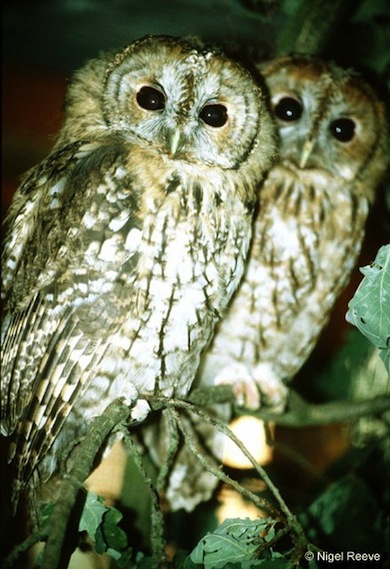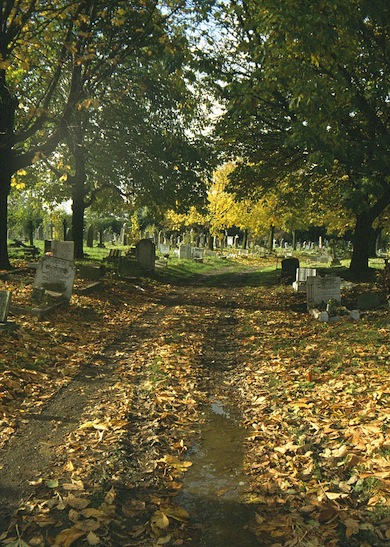Kensal Green is an early-Victorian cemetery of great historic as well as wildlife interest.Opened in 1833, it was originally designed in the spirit of an English country park and is now one of London’s oldest and most distinguished public burial grounds. The site is an interesting demonstration of how formerly widespread habitats of the countryside may be preserved within the walls of cemeteries and churchyards, even within a densely urban environment. There are a large number of mature trees and a variety of grassland types here, supporting a range of colourful wildflowers. The cemetery includes two Conservation Areas and no fewer than 140 Listed buildings and monuments. Part of the site is managed as a nature reserve by the London Wildlife Trust, including an associated section of the Grand Union Canal towpath.
Local Wildlife Site
Accessible Sites of Importance for Nature Conservation
Kensal Green Cemetery
Borough: Hammersmith and Fulham, Kensington and Chelsea
Grade: Metropolitan
Access: Free public access (all/most of site)
Area: 19.13 ha
Description
Wildlife
The rich grassland between gravestones includes several regionally rare plants, such as great burnet, common bistort, common valerian, sneezewort, pepper-saxifrage and grey sedge. Drier grassland in the north-west of the cemetery includes wild basil and rough hawkbit, both untypical of north London.Another important habitat is the vegetated masonry where a diverse community of ferns, mosses and lichens is found.The breeding bird population is also varied and includes tawny owl, spotted flycatcher and chaffinch, the latter unusual this far into London.A wide variety of butterflies occurs, including the nationally declining wall butterfly.Facilities
Historical features; sculptures/ monuments. The Friends of Kensal Green run a two-hour tour every Sunday.
Roosting tawny owls © Nigel Reeve

Autumn view of Kensal Green Cemetery © Ian Yarham
Feedback
Have a question or a comment for this site, or notice anything missing or out of date? Please contact us.
